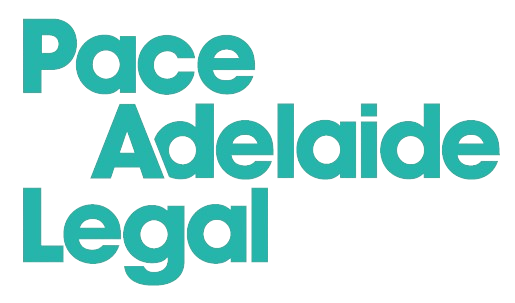What Happens When a Trust Company Becomes Insolvent?
Recent High Court Decision

The recent High Court decision of Carter Holt Harvey Woodproducts Australia Pty Ltd v The Commonwealth of Australia has provided clarity about what happens to trust assets in the event that a Trust company becomes insolvent.
Facts of the Matter
- Amerind Pty Ltd was the trustee for the panel Veneer Processes Trading Trust.
- Amerind defaulted on bank facilities and The Bendigo and Adelaide Bank appointed receivers, while Amerind appointed Administrators.
- Amerind was wound up in insolvency. Secured debts were discharged, leaving a surplus of $1,619,018.00.
- The Commonwealth of Australia and Carter Holt Harvey Woodproducts Australia Pty Ltd were in competition regarding who had first access to the surplus.
- Carter Holt is a trade creditor of Amerind.
- The Commonwealth of Australia sought the surplus to recoup funds paid by them to employees in accordance with the Fair Entitlements Guarantee Scheme. The Commonwealth paid $3,800,000.00 in accrued wages and entitlements.
- The matter concerns section 433 of the Corporations Act 2001 (Cth) wherein employees must be paid as a priority over other creditors.
- The Supreme Court found that because the company operated as a trading trust that section 433 did not apply. The Court accepted Carter Holt’s argument that the surplus was made up of trust property, which is not property of the company as required in section 433.
- The Court of Appeal overturned this decision and Carter Holt appealed to the High Court of Australia
Questions for the Court
The Court ultimately needed to decide whether section 433 applied to companies which operate as trading Trusts. They then needed to decide whether the assets were part of the pool which receivers have the ability to deal with.
The Decision
The High Court found that section 433 applies to the distribution of trust property when winding up an insolvent trading Trust. The Court found that Trust assets fall within the meaning of ‘property of the company’ for the purposes of section 433.
This means that the debts of the trading Trust must be paid in accordance with the statutory priorities, meaning that employee creditors are paid before a secured creditor.
The Court noted that:
“It would be perverse if the Corporations Act operated to deny employee creditors a particular priority over the holders of a circulating security interest solely for the reason that the company which employed them was, perhaps even unknown to the employees, trading as a trustee.”[1]
This conclusion summarises the underlying theme of section 433. An employee creditor should take priority over another creditor, whether the company which employed them operated as a company or was a trading Trust.
What does the decision mean moving forward?
This decision gives clear guidance to persons dealing with Trust assets. There will still be questions regarding the capacity in which the assets are held, and in what capacity the company was trading.
The overarching conclusion though, is that employee creditors are recognised under section 433 whether the insolvent party is a company or a trading Trust. This provides consistency for employees, particularly when they may not be aware of the capacity in which their employer is trading.
To speak with one of our experienced commercial lawyers, please contact the team at Pace Lawyers on 08 8410 9294 or send an email via this form.
